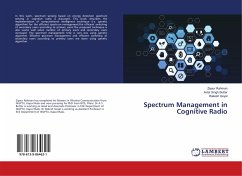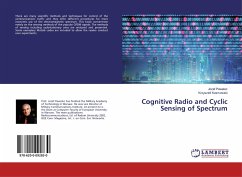As demand for wireless connectivity skyrocketed among a wide variety of applications in wireless cellular communications, nowadays the infrastructure, e.g., base stations, is more densely equipped in many places. Without cooperation among the stations, however, the advantages are limited due to interference on each other. Dedicated allocation of frequency band to each station can circumvent the interference problem, but it sacrifices spectral efficiency. In this book, a multiple-cell communications scenario that employs cognitive radio to the downlink is suggested. In most radio systems, users rarely utilize all the assigned frequency bands at a certain time and a location. Such a frequency band that is not occupied by a dedicated user is called a white space. This book suggests a strategy of relieving inter-cell interference by using such a white space from digital television services.








